Hey dear Hive community, first of all I would like to welcome you all to my contribution and hope you had a day that was full of positive experiences! In this post, I would like to talk a little about nature and hope you can learn something new.
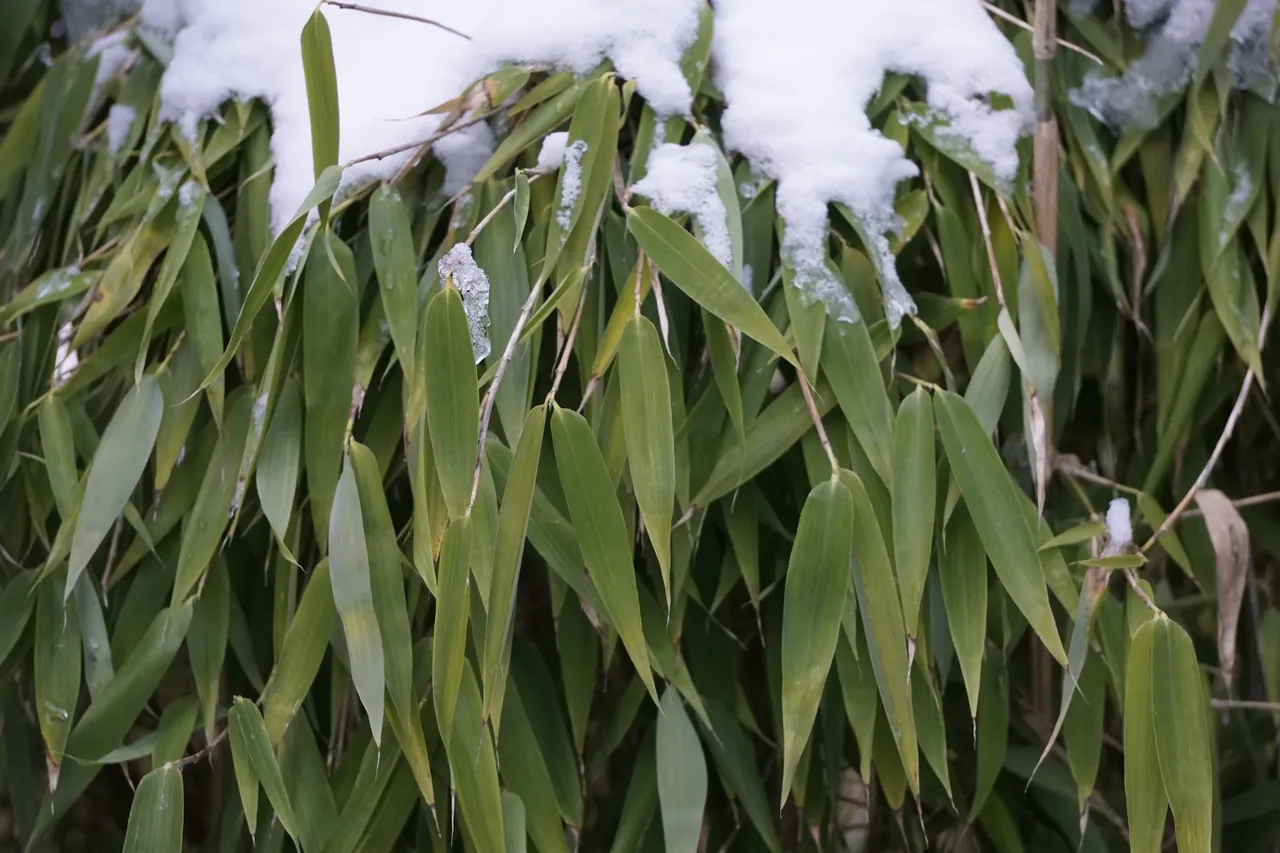
Here are pictures of a species of bamboo that I shot today and the scientific name of this genus is Bambusoideae and there are many different species of it. It is a very old plant which in Asia has a special importance and influenced the culture strongly and it was used a lot as a raw material for various buildings at the time because it is extremely robust and is still used for these purposes today. Bamboo grows very quickly and is therefore also very interesting for economic purposes and there are numerous areas of application and it is also often used for the production of textiles, cosmetics, furniture and many other things. It is also interesting as a windscreen or hedge and also has a great advantage when it comes to generating energy and also from an ecological point of view it makes an important contribution and it offers numerous animals a great habitat and is extremely environmentally friendly. It has strongly influenced mythology in ancient China and is often associated from a symbolic point of view with long life, endurance oe flexibility and there is often the legend in asia that the humans originated from the stem of bamboo. It also has a particularly high priority in Japan or India and appears again and again in various legends and also art history it has strongly shaped and is considered a popular motif for various works of art such as ceramics, paintings, murals and many others.
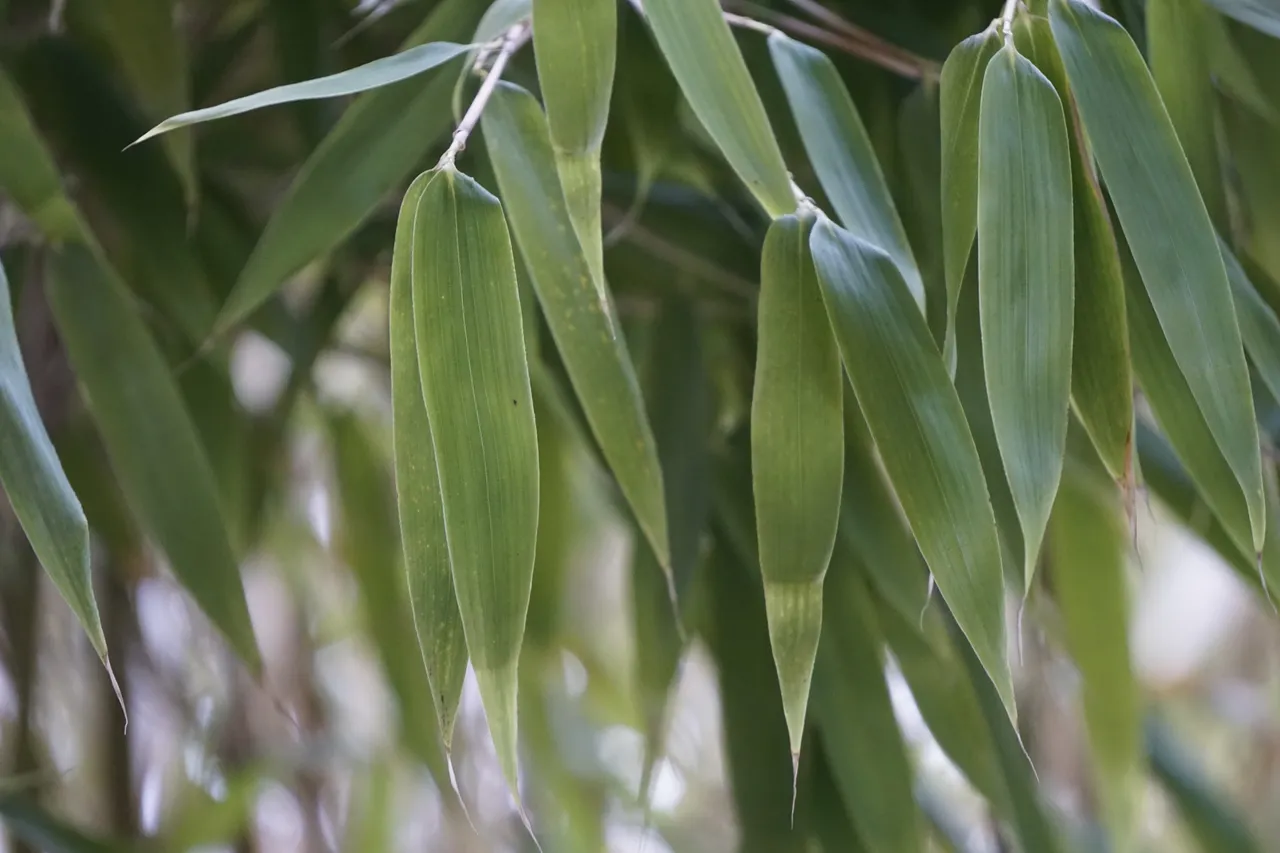
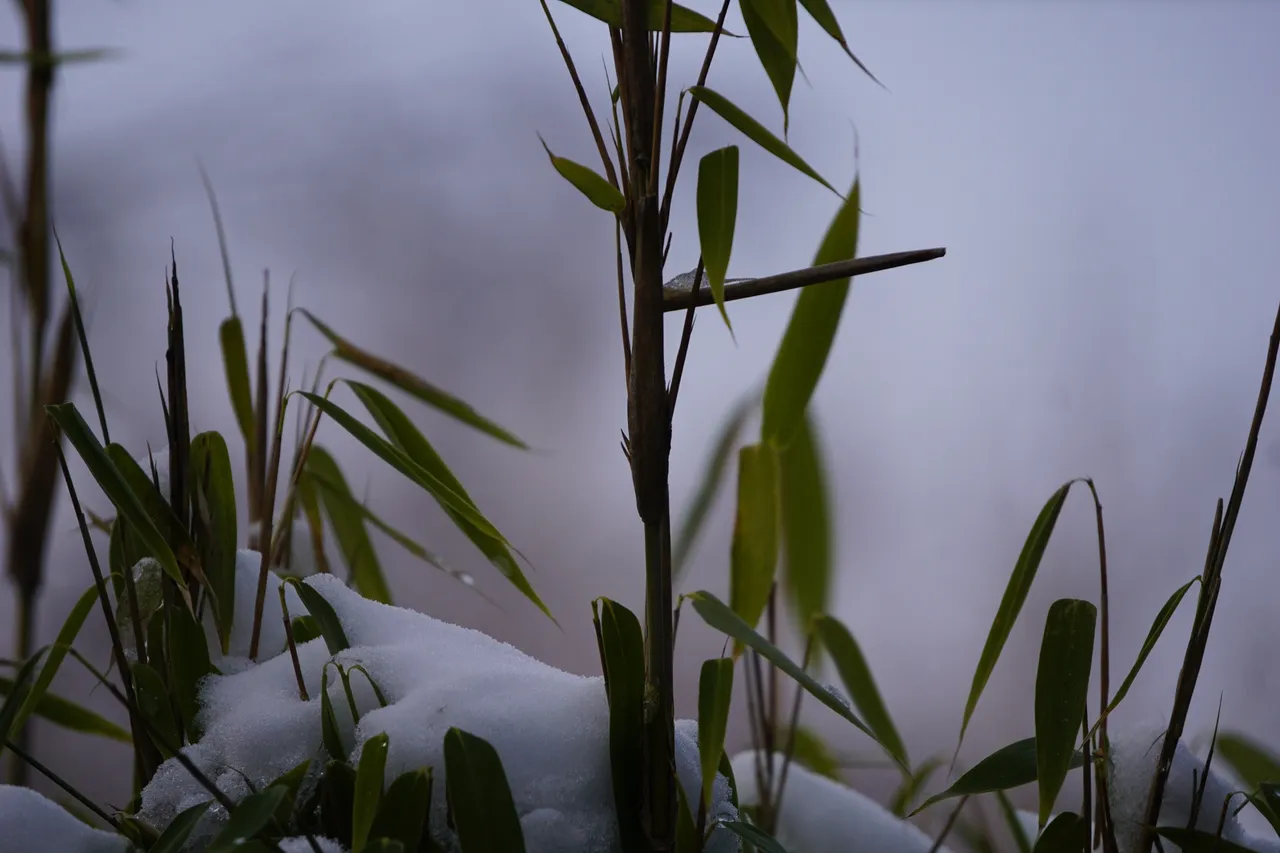
The first traces can probably be traced back to ancient China, but it was also native to the American continent and already the well-known explorer Christopher Columbus, who was on a journey of discovery for the Spanish crown, came across bamboo at that time and already recognized the diverse benefits at that time. Nowadays, bamboo is growing wildly almost everywhere in the world except in Europe or Antarctica and even if Columbus already came across it, it should still take until the 19th century until bamboo became more and more well-known in Europe and the first traces can be found in France where it was imported from Asia by traders. Today's varieties that are cultivated in Europe are often breeding varieties that have adapted to the climate and in the wild form it requires special conditions for healthy growth and most species are widespread in China. Bamboo multiplies independently via rhizomes and is probably one of the best-known plants and indispensable and it has a particularly high priority in Asia where it is deeply rooted in art and culture and over 35 million hectares of bamboo are spread worldwide. Due to the rapid growth, it can also produce large amounts of oxygen and make an important contribution to improving air quality and filtering toxins and it can also be used as a substitute for wood and can also be interesting for biodiversity.
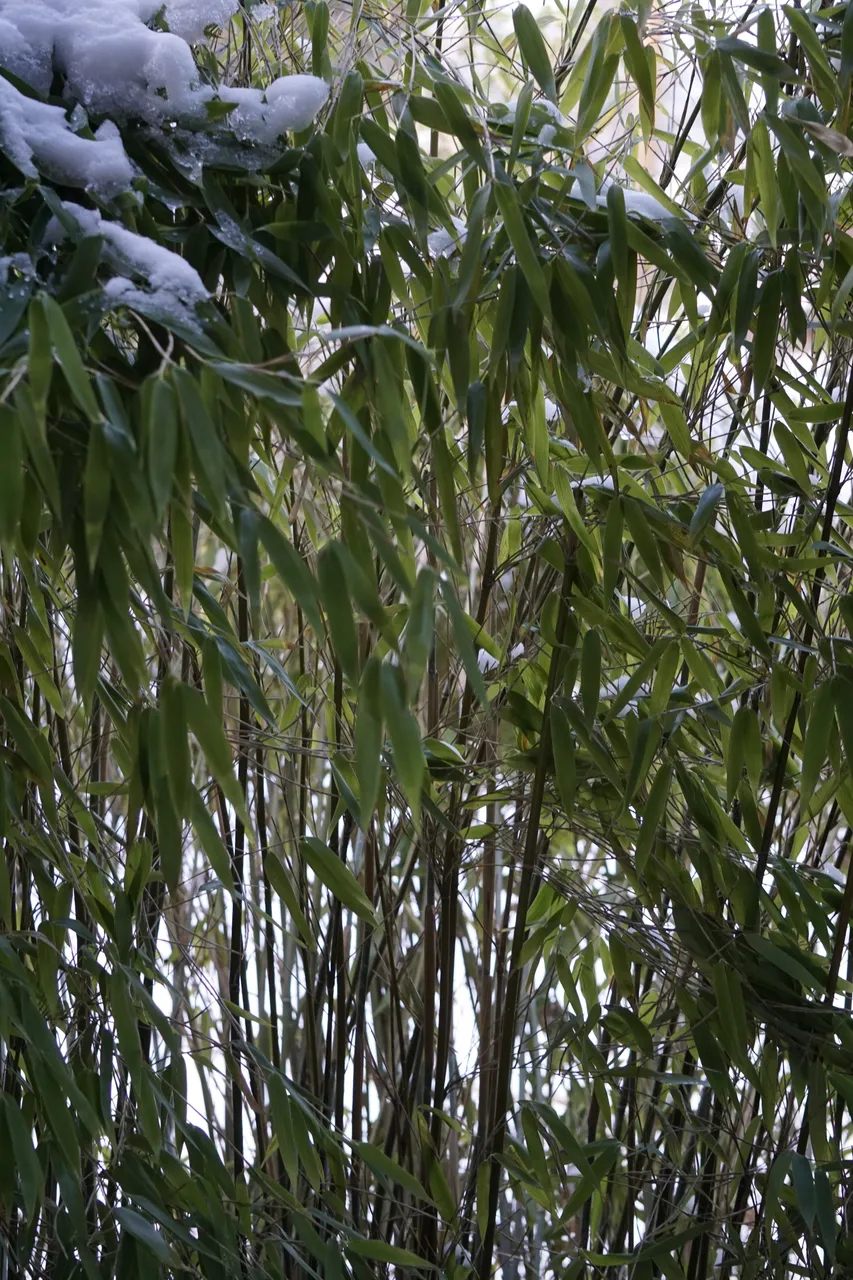
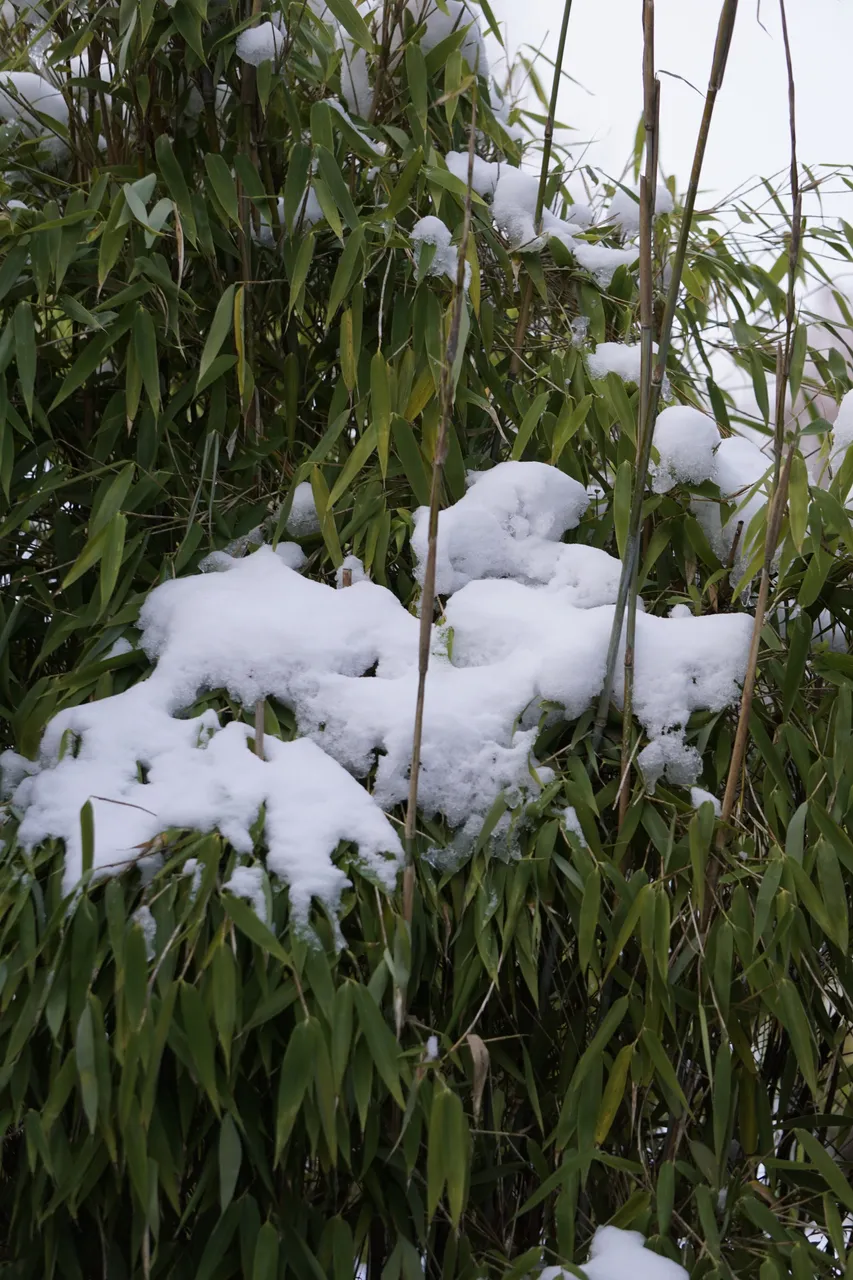
Thank you very much for stopping by and I hope you could learn something new about nature! I captured pictures with my Camera Sony Alpha 6000 plus 55-210 mm lens!